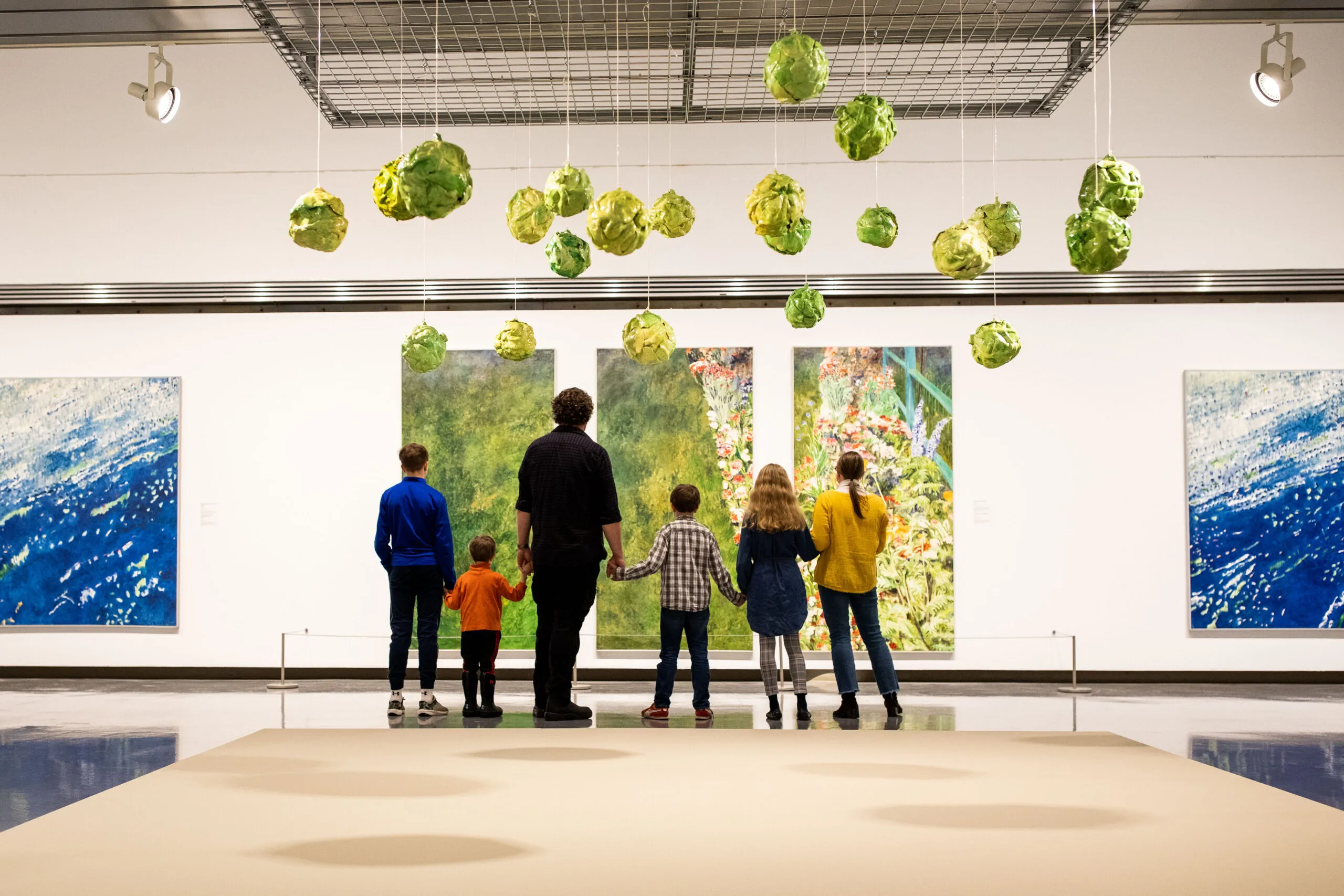“London Lens” brings together works by Ian MacEachern and Don Vincent which portrayed life in our downtown, representing work and leisure, and the creative cultural ferment in which the London Regionalists flourished.
London Lens brings together the imagery of two London photographers from the 1960s. Artists who were also friends, Ian MacEachern and Don Vincent portrayed life in this city’s downtown, capturing glimpses of work and leisure, and recording the creative cultural ferment in which the London Regionalists—artists, filmmakers, novelists, poets, musicians, and activists—flourished. MacEachern and Vincent photographed artistic innovators such as Jack Chambers, Greg Curnoe, Ron Martin, and Tony Urquhart. They recorded performances by the Nihilist Spasm Band, creating remarkable images that, once published in national art journals such as artscanada (now Canadian Art) helped to define the London art scene. In London, the 1960s were a time of expressive commotion. Where subject matter and material were concerned, artists emphasized the roots of their own experience. They prioritized the everyday, and, importantly, the geographically decentralized, hence the name of Regionalism. In 1967, Vincent produced a series of portraits commemorating the participants in a National Gallery of Canada exhibition, Heart of London, a project which earned artists including Curnoe and Chambers, and London itself, great acclaim. MacEachern’s work of the time likewise featured artists, alongside the denizens of the city’s downtown, at such settings as the York Hotel (now known as the nightclub Call the Office). He also documented life on the Canadian National Railroad, and labour and industry-based work featuring important companies in London, such as the Ex-Cell-O and Emco corporations, and Northern Telecom. A graphic designer and photographer for London Life, for more than twenty years Vincent photographed London’s artists, including his wife, painter Bernice Vincent. His imagery found its way into London’s important Region and Twenty Cents periodicals. Vincent’s photographs are found in the permanent collections of Museum London and the Art Gallery of Ontario in Toronto, and a significant research archive of his work is maintained by the McIntosh Gallery at Western University. Don Vincent died in 1993. Photography is central to MacEachern’s existence. In his twenties, the native of Glace Bay, Nova Scotia worked as a television cameraman in Sydney, Nova Scotia, and in Moncton and Saint John, New Brunswick. After his work day ended, he recorded the social character of his surroundings. In 1966 MacEachern moved to Toronto, expanding his practice as a freelance photojournalist, and becoming a studio cameraman for the CBC. His first trip to London came at the behest of artscanada, which tasked him with photographing the Nihilist Spasm Band. The NSB is one of Canada’s earliest and most influential noise bands. MacEachern moved to London in 1968, continuing with magazine and commercial photography, and further developing his distinctive “eye.” His photographs have appeared in Canadian Magazine, Chatelaine, The Imperial Oil Review, London Magazine, Maclean’s, Ontario Living, Saturday Night, Star Weekly, and Time Canada. MacEachern also taught photography at H. B. Beal Secondary School, Fanshawe College, and Western University. He has exhibited widely in solo and group exhibitions, including The Lost City, now on display in our Interior and Sculpture Galleries. The portraits of both artists helped define an era in London and in Canada, one populated by an eccentric and vital community of creators. The individuals portrayed here exhibited or performed across Canada and around the world, including at the São Paulo Biennial (1969), the Biennale des Jeunes in Paris (1969), and the Venice Biennale (1972, 1976, and 1978). Image: Don Vincent (Canadian, 1932-1993), Tony Urquhart, undated (c. 1960s), gelatin silver print on paper, Gift of Bernice Vincent, London, 2006

